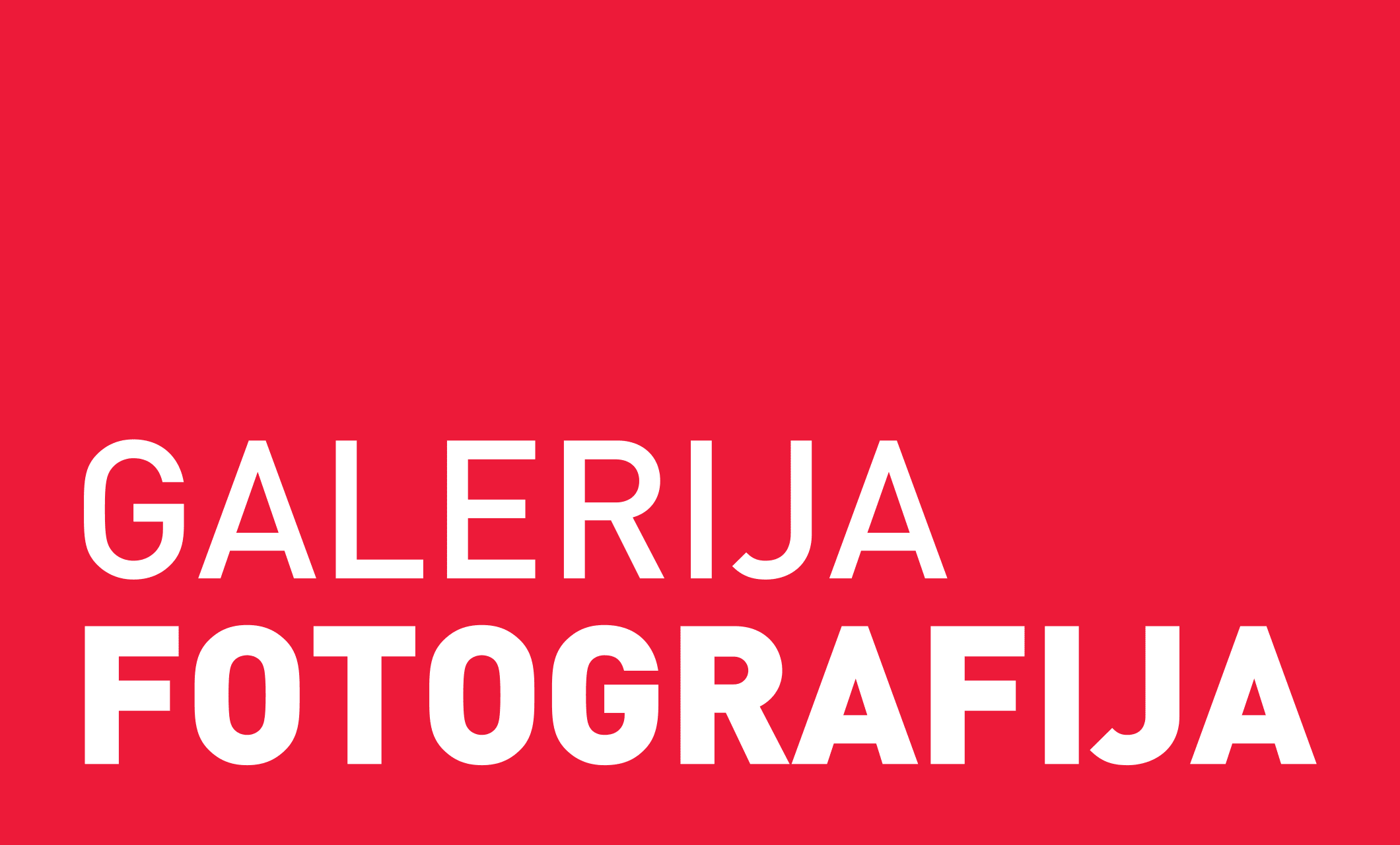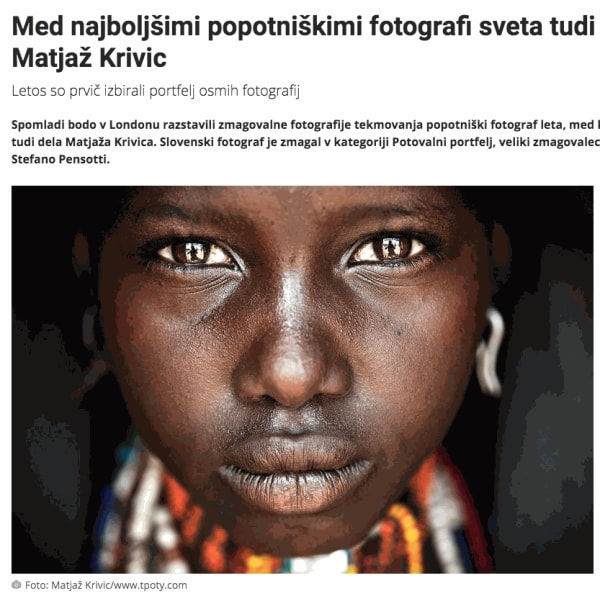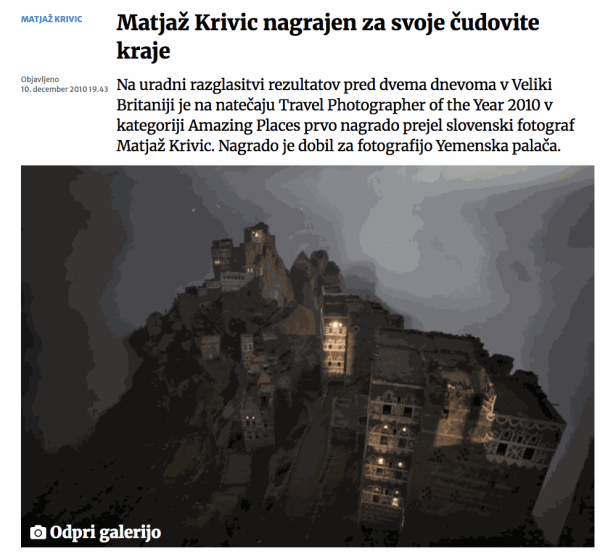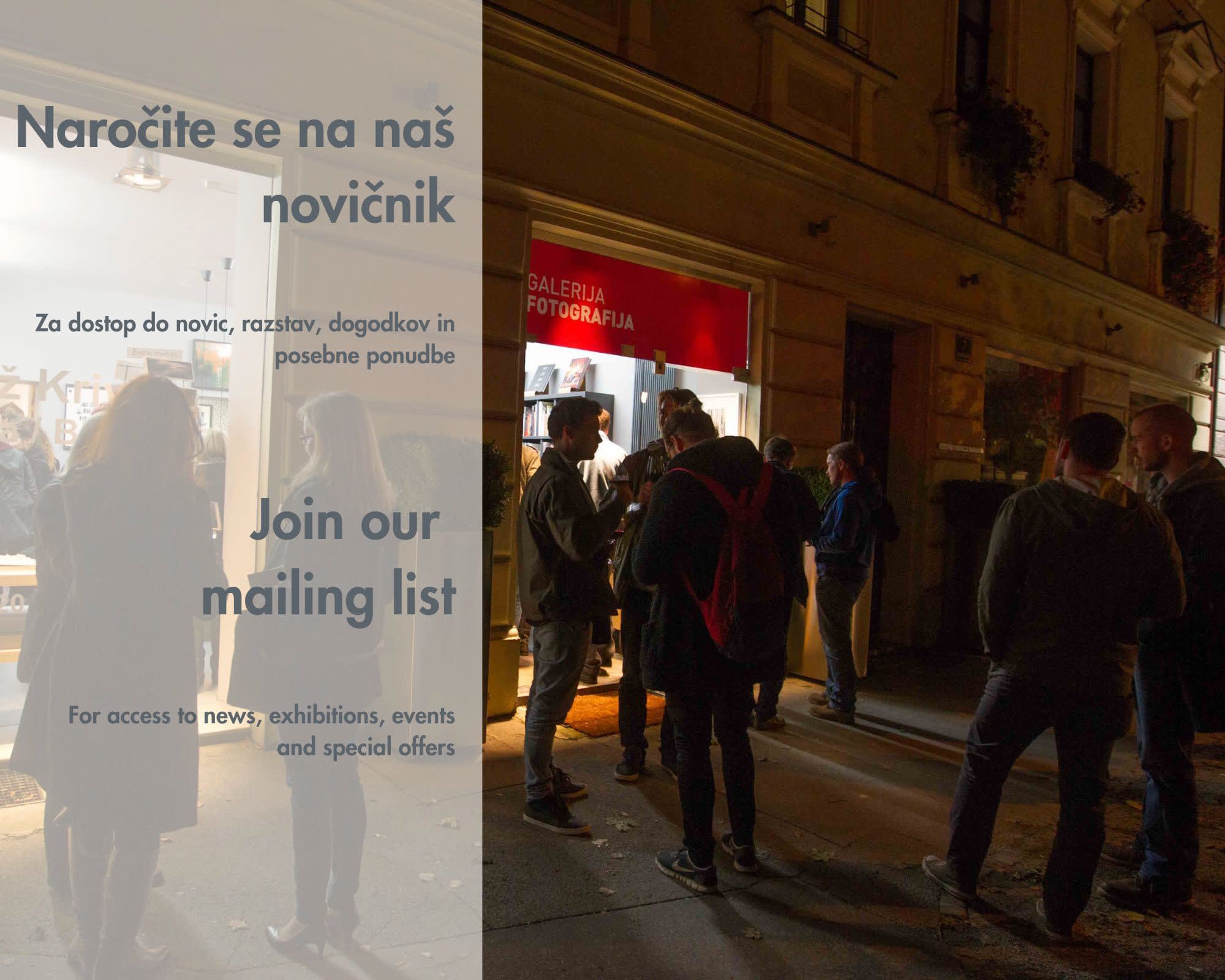Joco Žnidaršič, Matic Zorman, Matjaž Krivic: World Press Photo
The exhibition is part of the Festival Slovenia Press Photo 2016.
World Press Photo, the largest and most prestigious international photographic contest, has each year since 1955 selected the crème de la crème of journalist photography under its wing. The winners of the competition present their work at a travelling exhibition, which promotes professional photojournalism, high standards of visual journalism and a free, unrestricted flow of information.
To this day, three Slovenian photographers found themselves among the best, and at this exhibition they are presenting the projects with which they participated in the competition.
Joco Žnidaršič took third place for photographic narrative in 1977 in the category Nature, with a story from under Triglav. Before the age of helicopters, everything necessary for alpine posts was delivered by alpine guides on horses. A horse laden with construction materials lost footing in the snowdrift, stumbled from the path, fell, and slid towards a precipice. An alpine guide jumped to his aid, and the dramatic story ended happily not far from the edge of the cliff. The excellent reportage offered a rare insight into the dangers these mountain ‘’delivery men’’ face on an everyday basis. To the photographer and longtime editor of photography at the newspaper Delo, the award also helped to establish a more equal relation between text and photography in printed media.
Matic Zorman and Matjaž Krivic took first and second place in 2016, with separate photographs in the category People.
Zorman covered the story of the refugee wave in the Balkan area. For more than half a year, he was on the move between Gevgelia and Šentilj. The awarded photograph portrays two girls behind a fence of the Serbian Refugee accommodation center in Preševo. They embody the European rift between us and them, and the fate of those shoved into an anemically apathetic bureaucratic system of power, waiting for the mercy of ‘’the frightened’’ from the other side of the fence.
Krivic set out for his story to Africa, Burkina Faso, where people work in goldmines in conditions which don’t abide by any provisions of United Nations human rights declarations, where they fall ill, barely scrape by and where the innocent die with a smile on their face for those with smartphones. He photographs a miner just before he enters the mining pit, smoking a cigarette. It’s an excellent psychological portrait, and the captured look of 28-year-old Arzume, much like other awarded photographs, speaks to the spectator in a way that Kathy Ryan, a longtime editor of photography for the New York Times, described as the difference between a good documentation and a good photograph:
‘’A good photograph makes the viewer stop to think about what he saw, because of the way what’s being show is presented. It can lead to surprising discoveries – recognizing new kinds of pain or pleasure; it can even promote action against the portrayed injustice. The essence of good photography is timeless, and time won’t alleviate it. While the facts shown on a photograph will become better researched and embedded deeper into the fabric of history, the essence of photography will only gain with time distance.’’
The elaborately well-told stories of World Press Photo competition offer the pleasure of excellent photography. However, the ethical approach which is necessary for the journalist-photographer is equally necessary for the viewer of photography – ethical in the sense that more is required than to simply recognize the issues which are being highlighted by good visual journalism.









